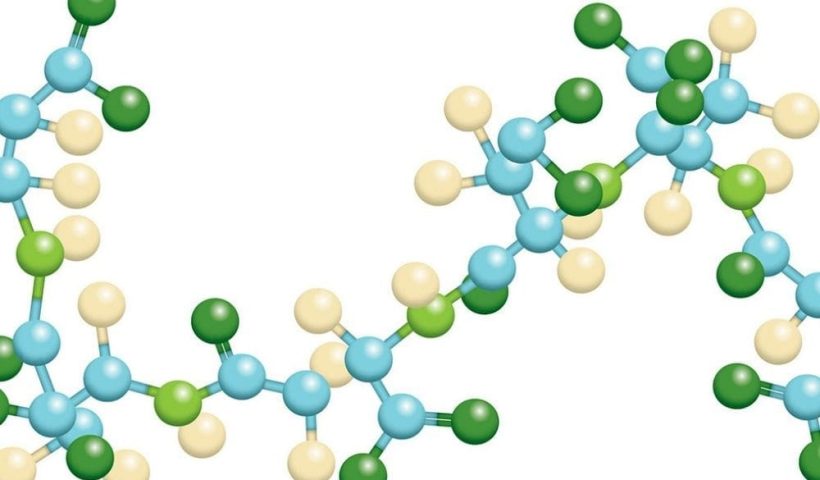
Proper nutrition in the fall is one of your turfgrass’s best defenses against winter stressors, translating to healthier turf in the spring. As you develop a plan of action for fall nutrition, understanding the role nutrients play is important. Read on below to learn why you should be using these seven key nutrients in your nutrition plan this fall.
Potassium
Increased solute concentration works as anti-freeze for plant cells. It helps the plant endure swings in moisture levels and temperatures, leading to winter damage. Potassium, the primary inorganic osmolyte, works to increase solute concentration, which helps the plant retain water to prevent desiccation damage. Increasing solute concentration also decreases the chance of intracellular freezing, which is lethal to plants and is the cause of most “freezing damage.”
Before winter begins, it’s essential to increase carbohydrate storage in roots and crowns. Carbohydrates help increase solute concentration, just as potassium does, and are used for plant energy purposes. Carbohydrates created in the leaf must be transported to the roots and crown. Potassium plays a crucial role in both the transportation and storage of carbohydrates.
Foliar-Pak products that are primary sources of potassium: Foliar-Pak Armament K and Foliar-Pak 1-0-15.
Calcium
Stabilizing cell walls and cell membranes, such as cuticles, is one of the primary plant functions of calcium. Strong cell walls are the first line of defense against disease, infection, traffic stress, and winter damage. Stronger cell walls and cuticles help the plant tolerate traffic and changing weather conditions more successfully.
Calcium deficiencies are harmful going into winter. They can compromise membrane function by allowing leakage of inorganic and organic solutes, making the plant’s ability to ward off winter stresses reduced.
Foliar-Pak products that are primary sources of calcium: Foliar-Pak Calcium and Foliar-Pak Base Calcium.
Phosphorus
Phosphorus is necessary to create phospholipids, which form a double layer, the basic cell membrane structure. Without these properly formed membranes, cell solutes will be leaked, leading to the compromise of winter stress tolerance.
Phosphorus is also necessary for the construction of ATP, which is the fuel that drives biochemical reactions in the plant. Without necessary phosphorus levels, the plant will struggle under the severe stress periods that winter offers.
Foliar-Pak products that are primary sources of Phosphorus: Foliar-Pak Armament P and Foliar-Pak 12-6-6.
Silicon
Silicon works in tandem with calcium to strengthen cell walls and thicken cuticles, helping maintain the first line of defense against disease infection, winter damage, and traffic stress.
Foliar-Pak products that are primary sources of silicon: CSi L. Proline, which is part of the formulation of CSi L, works as an organic osmolyte. Because of this, it will work together with potassium (inorganic osmolyte) as an anti-freeze, thus improving desiccation and freezing tolerance.
Iron and Manganese
Photosynthesis is the driver for building carbohydrates, which, as noted above, increase solute concentrate and are used for plant energy purposes (both helpful to combat winter damage). As daylight length and sunlight intensity decrease, there is a reduced opportunity for the plant to photosynthesize. Iron and manganese maximize photosynthetic processes as temperatures, daylight length, and light intensity decrease, increasing plant carbohydrate production.
Foliar-Pak products that are primary sources of iron and manganese: Foliar-Pak Amperage, Foliar-Pak Minors, Foliar-Pak Micros Plus, Foliar-Pak Manganese.
Foundation Amino Acids
Foundation Amino Acids support photosynthesis by providing the plant with a generous amount of glutamic acid. Glutamic acid is the building block for constructing the chlorophyll molecule, increasing photosynthesis, and building more carbohydrates (All helpful in combating winter damage and stress). Foundation amino acids are also rapidly converted to osmolytes and uploaded into the cell vacuoles, helping regulate cell water status.
Foliar-Pak products that are primary sources of Foundation Amino Acids: Foliar-Pak Foundation Forty, Foliar-Pak Play-ON, and Foliar Pak Magnesium.
Fall Tip When Applying the Nutrients:
These nutrients should be applied in fall until the weather conditions dictate that the plant will no longer absorb nutrients. In the southern and transition zones, applications can be made anytime temperatures allow the plant to function and absorb nutrients.



